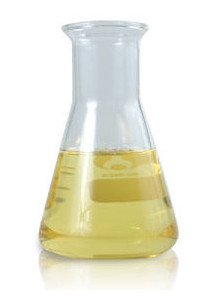Phytic Acid (50% Liquid, Inositol Hexaphosphate, IP6)
- Product Code: 35931
also known as inositol hexakisphosphate (IP6) or phytate when in salt form, is a naturally occurring compound found in plant seeds. It serves as the principal storage form of phosphorus in many plant tissues, especially bran and seeds
- -
- -
- -
- -
- -
- -
- -
- -
- -
- -
- -
- -
- -
- -
- -
- -
- -
Be the first to review this product :-)
Recommend Lab-Service
| Lab Service | Price |
|---|
Phytic Acid (50% Liquid, Inositol Hexaphosphate, IP6)
also known as inositol hexakisphosphate (IP6) or phytate when in salt form, is a naturally occurring compound found in plant seeds. It serves as the principal storage form of phosphorus in many plant tissues, especially bran and seeds
| Mechanism | - |
| Appearance | - |
| Longevity | - |
| Strength | - |
| Storage | - |
| Shelf Life | - |
| Allergen(s) | - |
| Dosage (Range) | - |
| Recommended Dosage | - |
| Dosage (Per Day) | - |
| Recommended Dosage (Per Day) | - |
| Mix Method | - |
| Heat Resistance | - |
| Stable in pH range | - |
| Solubility | - |
| Product Types | - |
| INCI | - |
Cart
No products
Subtotal:
฿0.00
฿0.00
Total :



